Location: The Blue Planet room
Features: A video mapping experience showcasing marine animals from all the oceans, with a focus on the importance of water for life.
Highlights:
- The video is projected on a large planisphere of the ocean floor, highlighting the distribution of water on Earth and its historical significance as a means of communication and discovery.
- Marvel at the evocative sequence of images of marine animals, showcasing the beauty and diversity of the world's oceans.
- Start your journey in the Blue Planet, the new room that kicks off the Aquarium's exhibition itinerary, and be captivated by the wonders of the marine world.
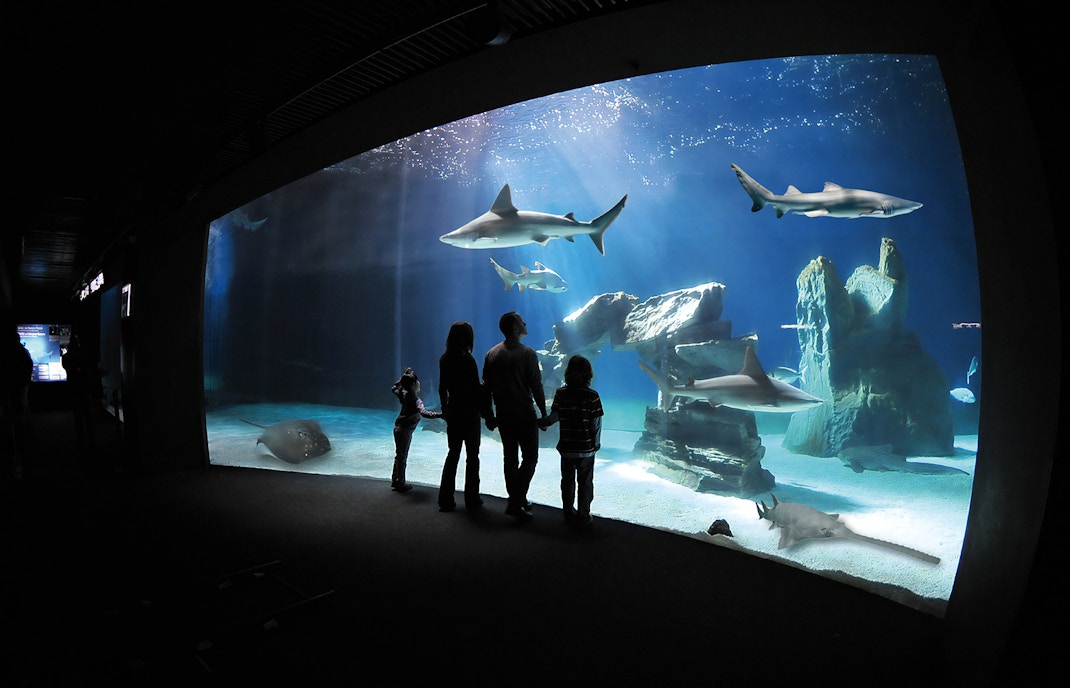
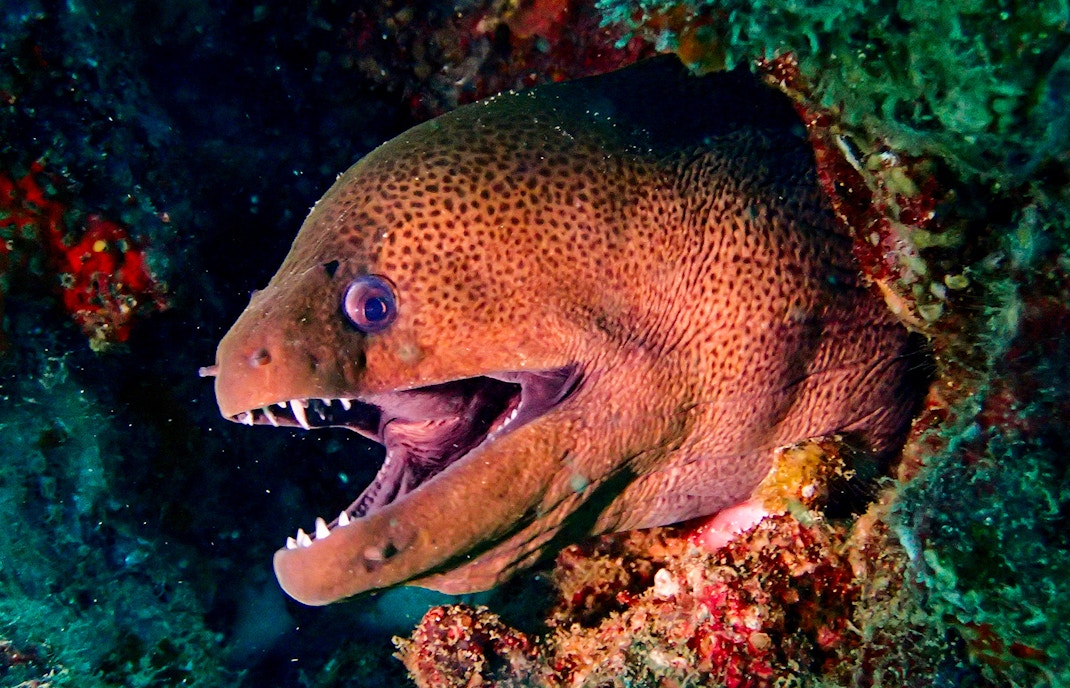
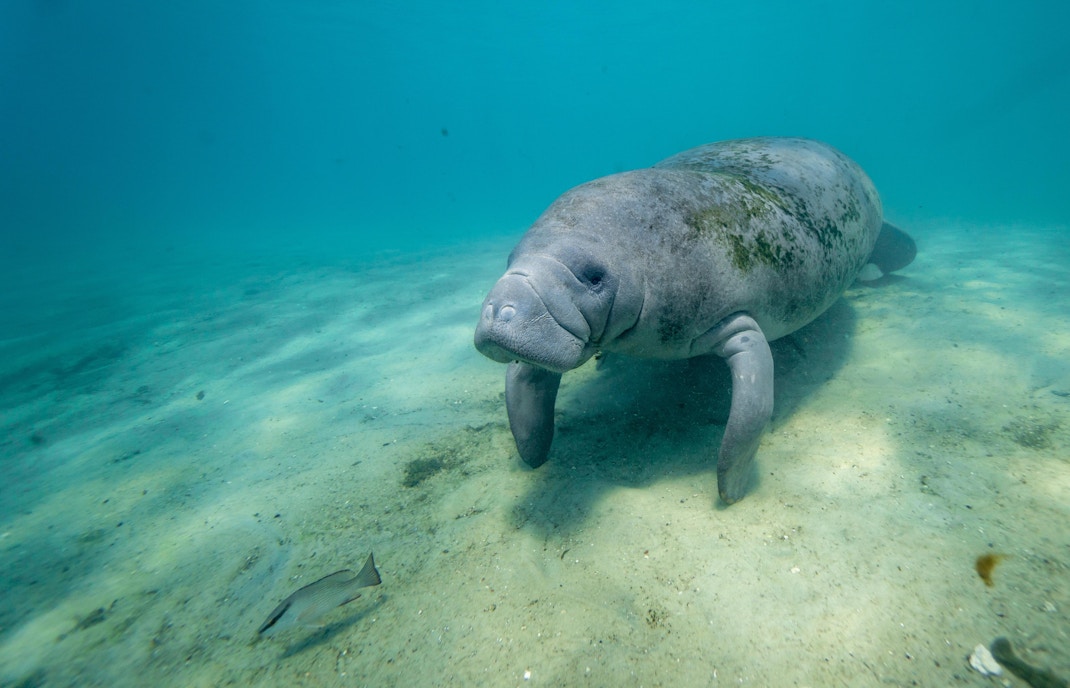
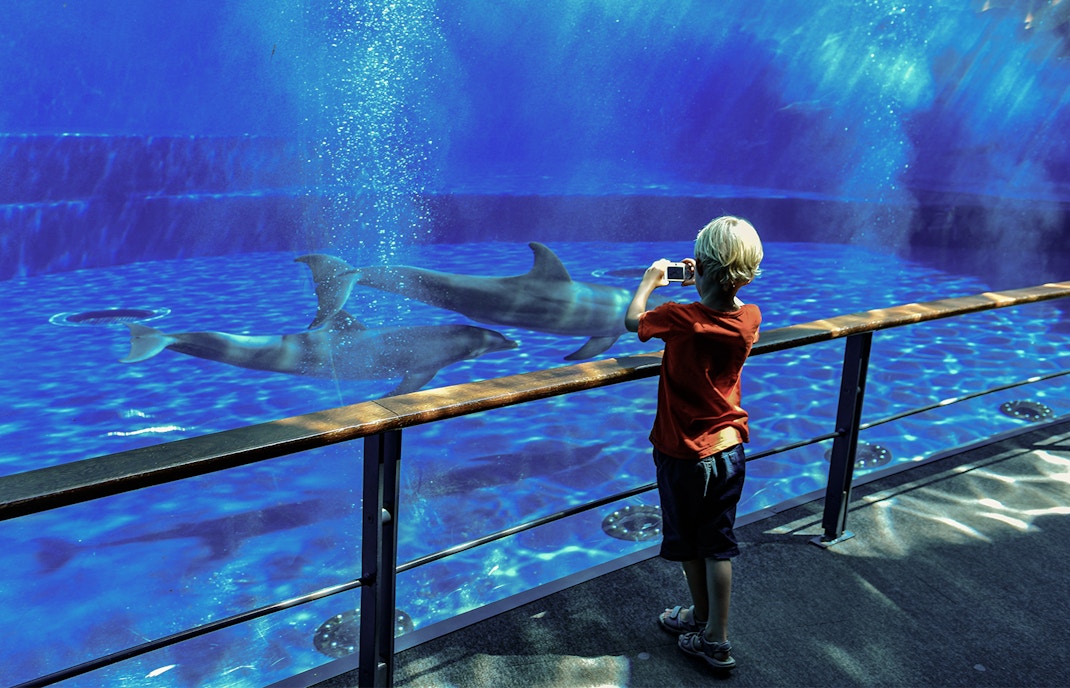
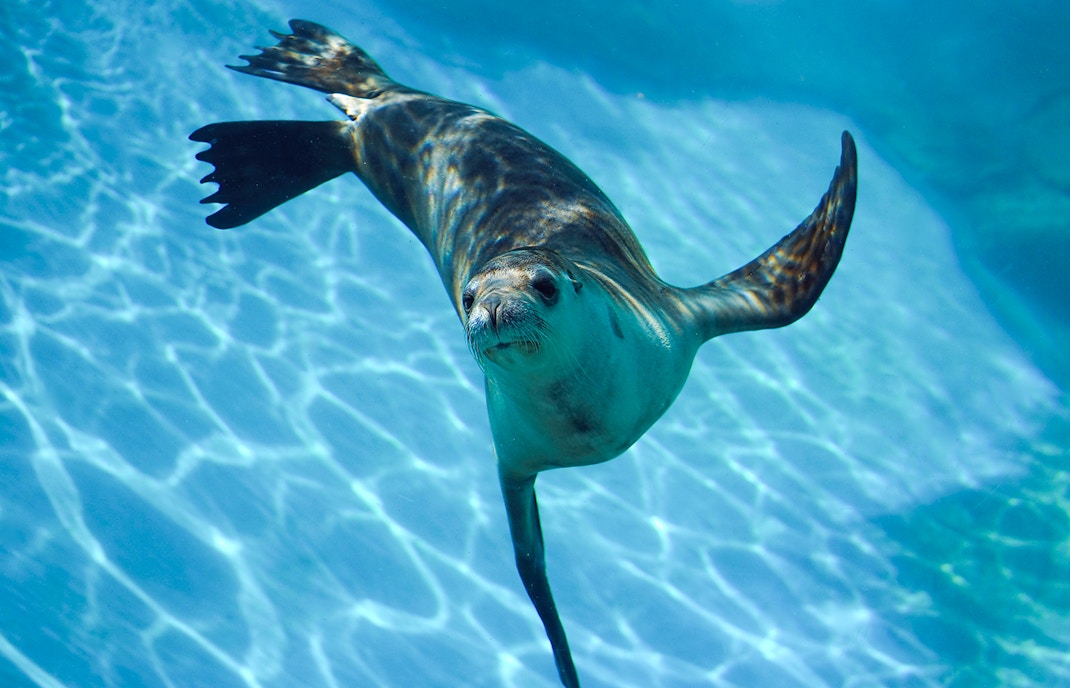
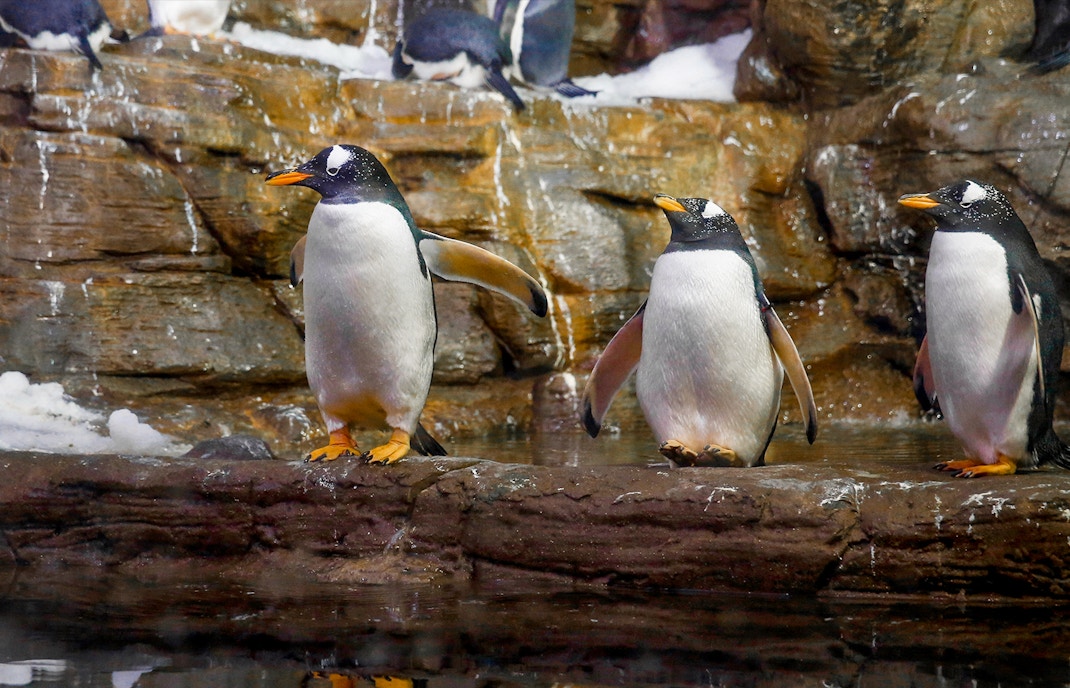
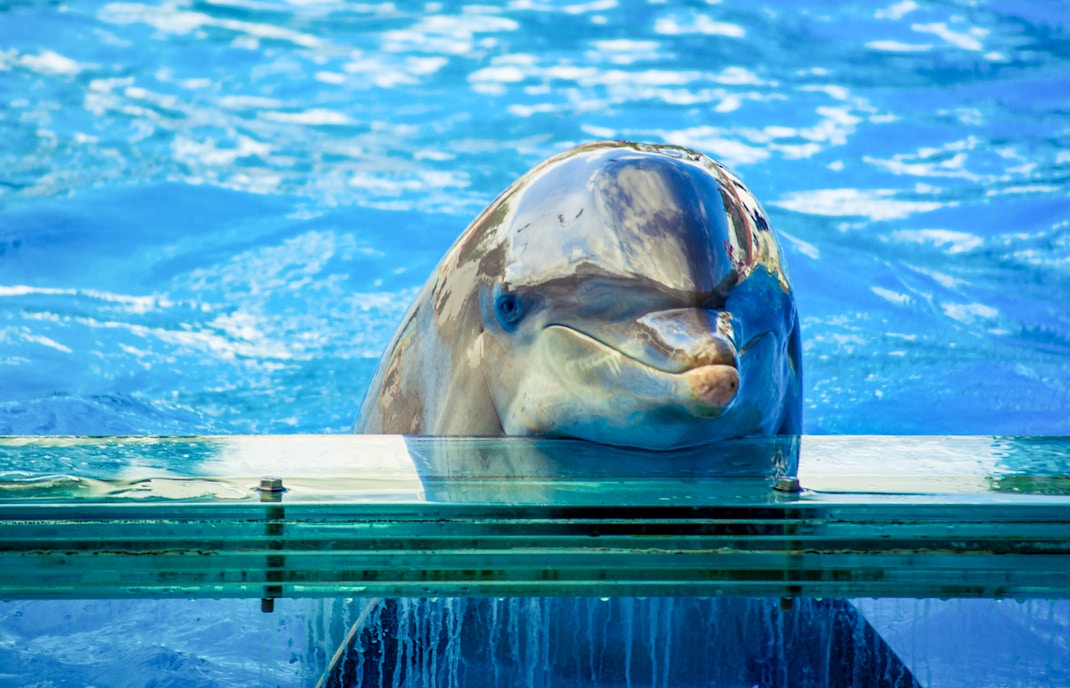
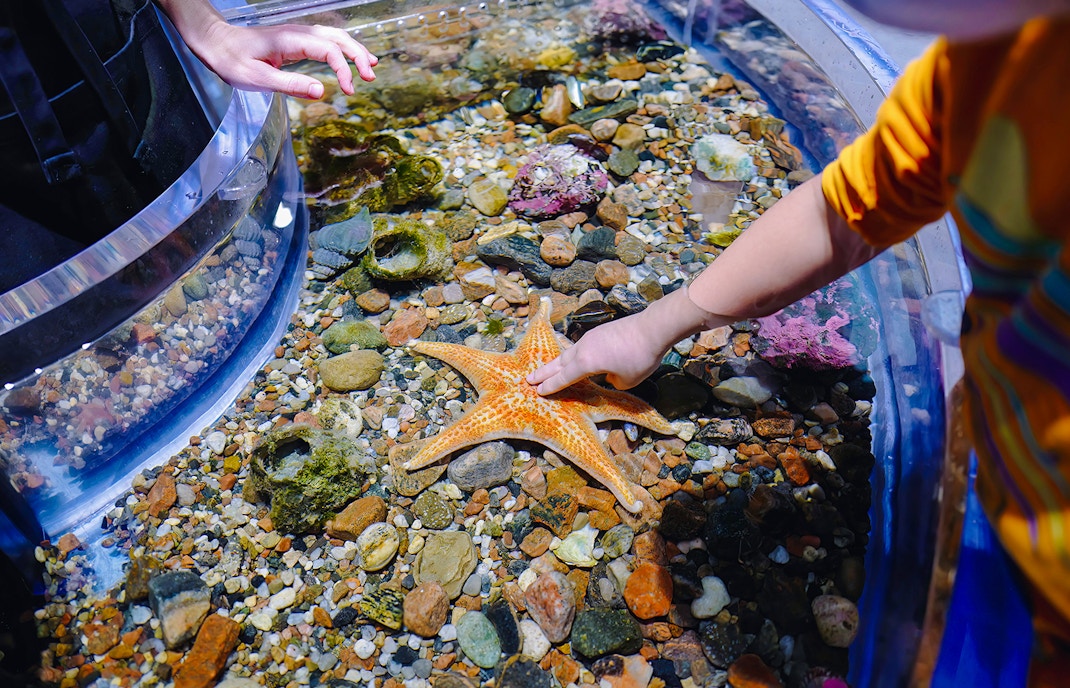
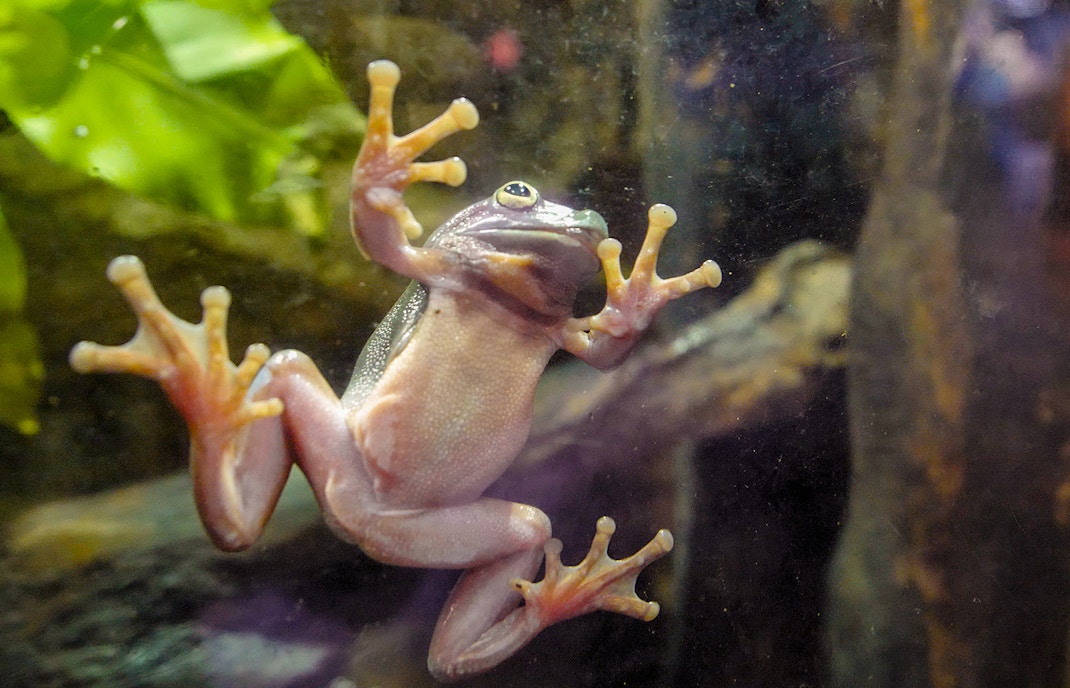
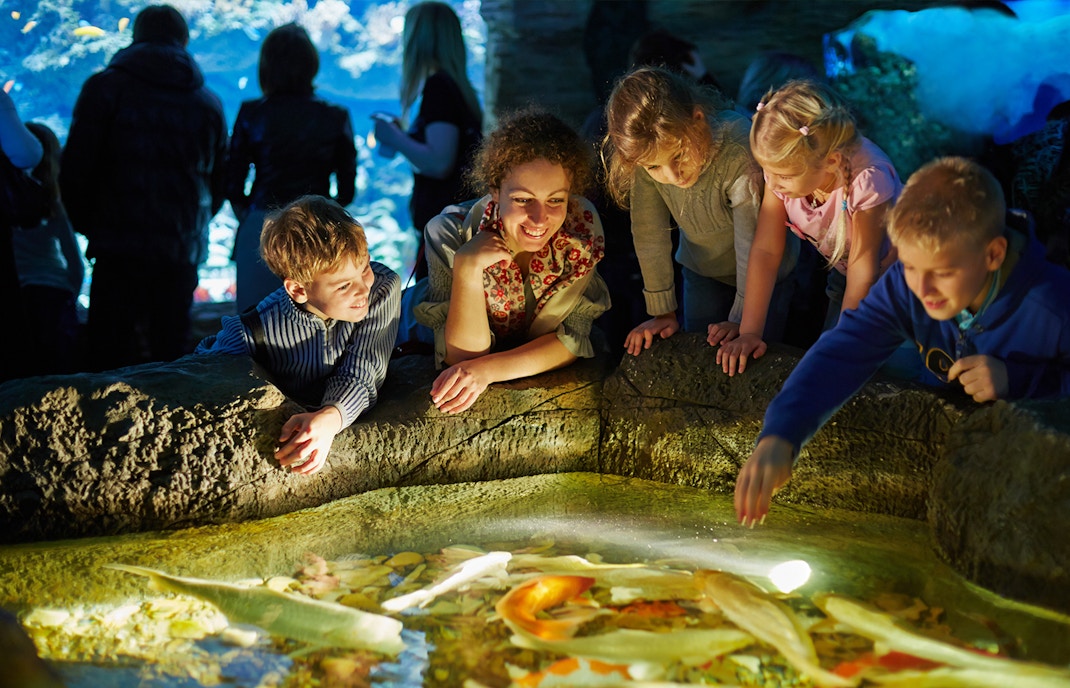
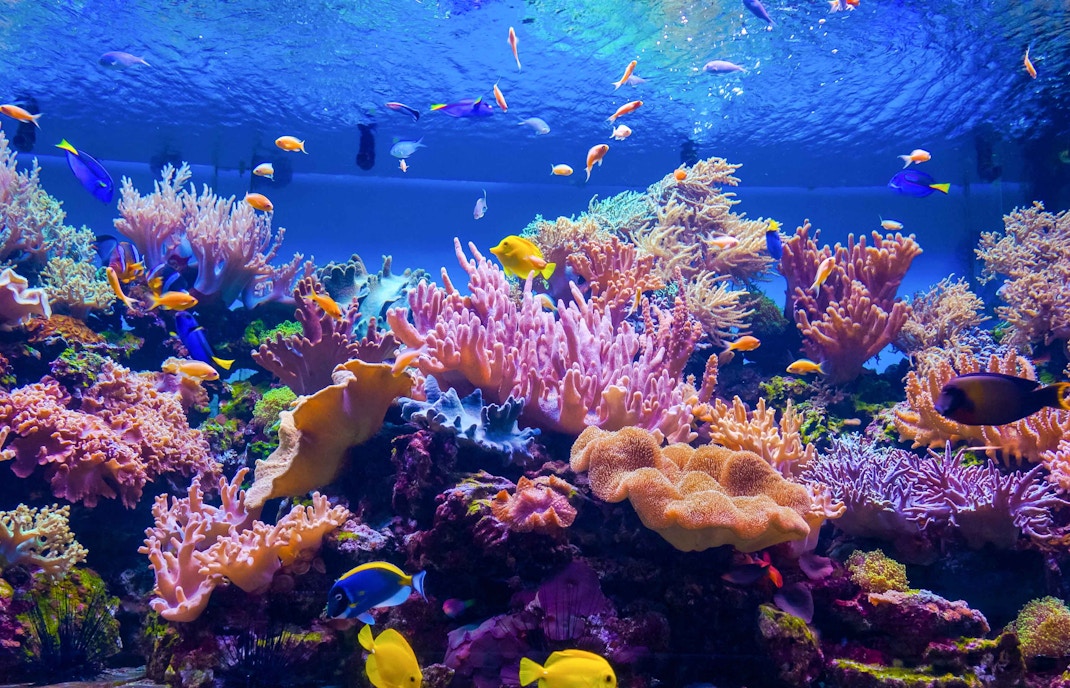
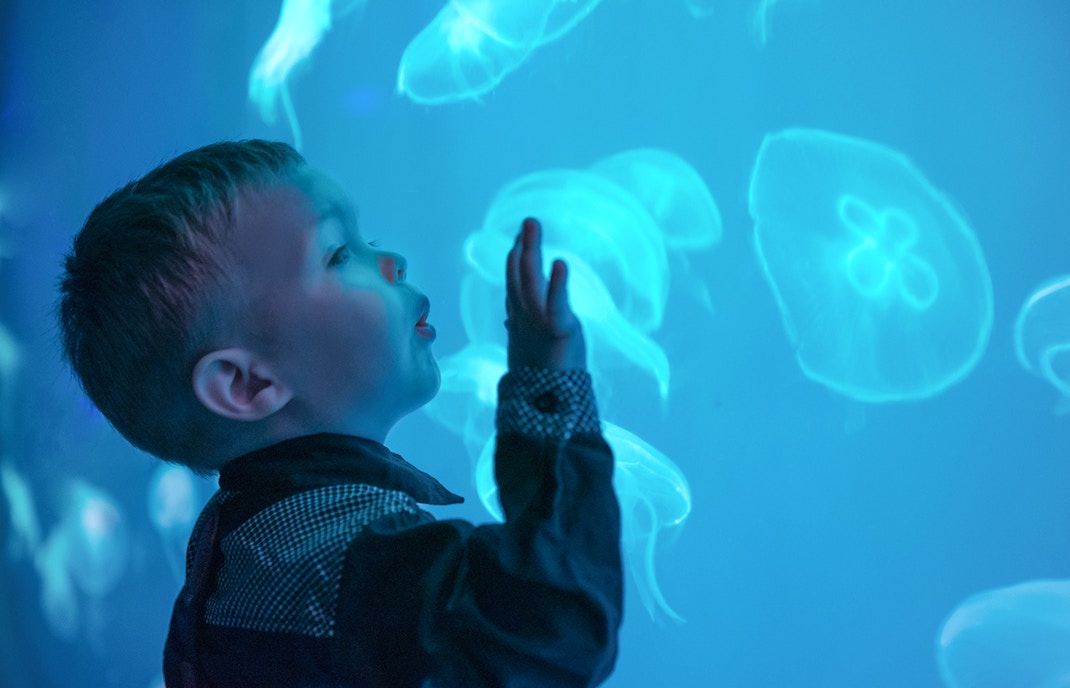

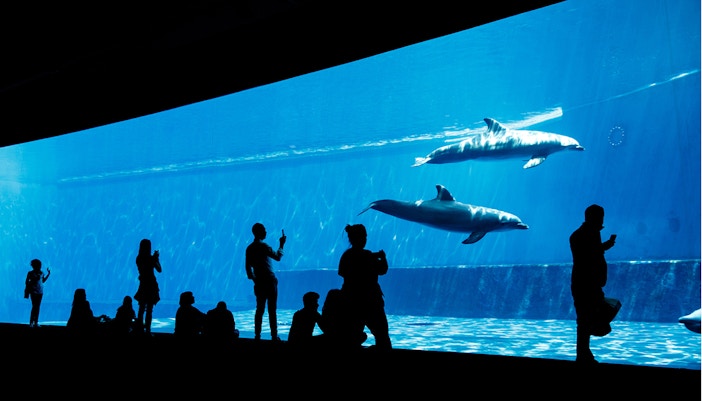
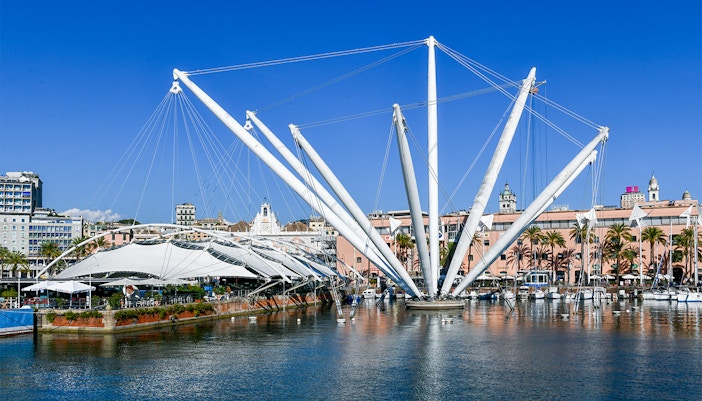
.svg?auto=format&w=156&h=48&q=90&crop=faces&fit=crop)